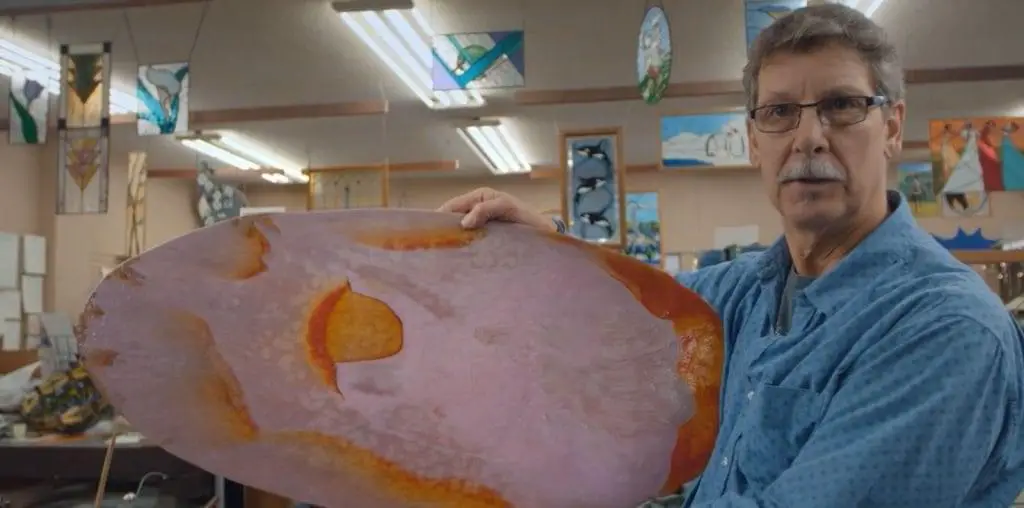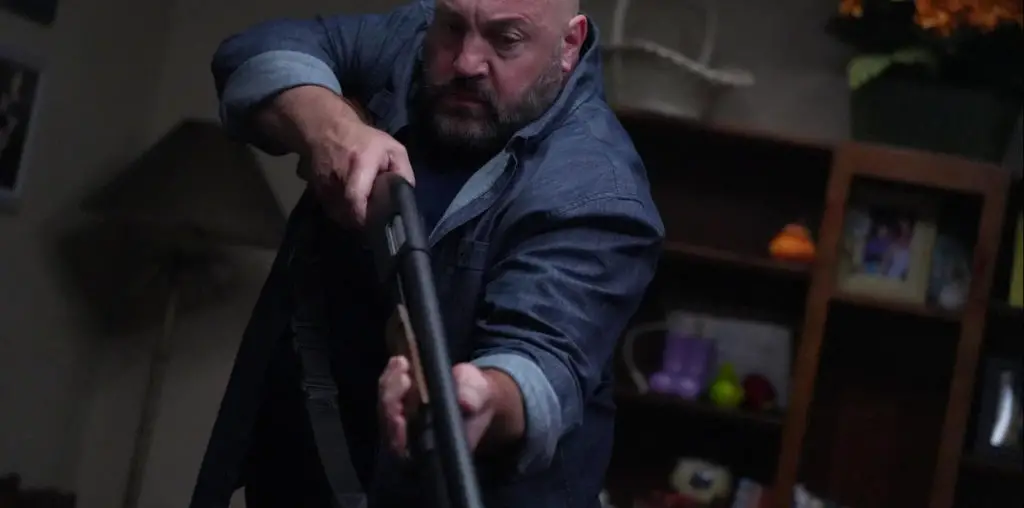
Entertainment Weakly
I hope all of you out there realize what a debt of gratitude we owe to Entertainment Weekly for the cover story it ran on the ‘Top 50 Cult Movies of All Time’ a few weeks ago. In addition to drawing attention to virtually unknown films like This is Spinal Tap and “Blade Runner,” EW has also finally provided film buffs with a handy forum for the examination of obscure movies (like, uh, The Shawshank Redemption). I’m not sure where we’d be without them.
In all fairness, it is nice to see some of the kind of movies we like to showcase here in “Footage Fetishes” getting some mainstream attention (including Decline II, amusingly enough). Truthfully, there are one or two flicks on their list I’ve considered covering here (now I’ll have to wait a few months, of course). But even then it’s hard to buy EW‘s definition of the word “cult.” “Scarface” grossed a respectable $44 million – and them’s 1983 dollars – while movies like “Five Deadly Venoms” and “Hard Boiled” never saw wide U.S. release. No, in my opinion a cult movie has to satisfy not only the poor theatrical box office condition, but it must also continue to escape the attention of the vast majority of the population long after it starts to languish on discount video shelves. There has to be some rudimentary audience, sure, but it can’t be a movie that everyone, or even a healthy majority of the red-blooded American population, universally loves. Entertainment Weekly got it right with Pink Flamingos and “A Bucket of Blood,” but got it wrong with many more. Seriously, is there anyone who doesn’t like “Slap Shot” or “Dazed and Confused?”
Who isn’t a dirty Commie, I mean.
With that in mind, I’d like to submit 1984’s “C.H.U.D.” for consideration. It made little noise at the box office – released as it was during a period when nameless schlock horror movies were a dime a dozen – and were it nor for a recent (and somewhat surprising) DVD release, it’s unlikely anyone besides the odd, pasty-faced crank like myself would have mourned its passing. Now that it’s received a brand spanking new digital transfer, however, there’s a brand new generation out there ready to bask in its radioactive glow.
“And that’s when the C.H.U.D.s got me.”
They don’t make horror movies about the homeless like they used to. When Reagan was kicking the mentally challenged out of hospitals, it seemed like you couldn’t swing a grocery cart without hitting a “Prince of Darkness” (Alice Cooper in his finest non-“Sgt. Pepper’s” performance) or a “Street Trash” (beat out by “The Last Emperor” for the Best Transient Exploding on a Toilet Oscar™). The homeless were depicted either as hapless victims of darkest horror (as in “The Hollywood Strangler Meets the Skid Row Slasher”), or quirky-yet-nauseatingly-loveable offbeat types, taking what life throws at them with quiet, soiled dignity (“Chu Chu and the Philly Flash”). This was before the American public was faced with the possibility that hey, maybe these indigents really have problems. Faced with this unattractive reality, Hollywood nevertheless waged an admirable campaign of denial with terrifyingly awful films like “Life Stinks” and “Curly Sue.”
The street people of “C.H.U.D.,” not content with mere surface world ostracism, live in the endless labyrinth of the New York City sewer system. And as if having to sidestep human waste all day wasn’t bad enough, now they’re starting to disappear. Given that the title of our little film stands for “Cannibalistic Humanoid Underground Dwellers,” I’ll leave it up to the reader’s fertile imagination to figure out where they went.
Among the first to notice these missing persons are Captain Bosch of the NYPD (Christopher Curry) and freelance photographer George Cooper (John Heard). Bosch is looking into his wife’s disappearance (she and her dog are yanked down a manhole right after the opening credits), while Cooper has a soft spot for the destitute – he runs out on his girlfriend Lauren’s (Kim Greist) photo shoot to bail one out – and is tipped off by a nosy reporter (is there any other kind?) about the vanished homeless. Further snooping leads both Cooper and Bosch to A.J. “The Reverend” Shepherd (Daniel Stern), who runs a soup kitchen. In a basement. A.J. reports from his underground digs that, in fact, several of his regulars haven’t been showing up lately.
Bosch has an agenda of his own, the missing wife and all, yet he has trouble getting anyone in authority to take his inquiries seriously. As was the case with crack, AIDS, and beating your wife, nobody really gives a s**t until the wealthy white people start dropping out of sight. Bosch deserves slightly more credit, but even he can only be bothered to bestir himself when affected personally.
Was this a veiled look at the plight of urban dwellers during the 1980s? Or perhaps a not-so-subtle commentary on the Administration’s policies concerning the nation’s poor? Who cares, man?! There’s mutant doings a-transpiring!
“I’m not prepared to concede the existence of any monsters.”
Bosch eventually gets police Chief O’Brien (veteran actor Eddie Jones) to listen to him, which leads to the suspicious involvement of the Nuclear Regulatory Commission. Few red flags are set off when Wilson (George Martin), the NRC’s mouthpiece, shows up, which only demonstrates the jaded attitude most early ‘80s New Yorkers had concerning the possibility of a nuclear incident in their neighborhoods.
If that wasn’t enough, the men from the government start snooping around the area where the disappearances have been taking place. A.J. even produces a working Geiger counter he discovered in the tunnels, further proof that something is rotten in Manhattan. Watching this, I decided my sense of civic responsibility must be underdeveloped, because the first time guys in chem-bio suits started sniffing around my basement, I’d be heading for the cabin in Wyoming with a combat-modified AR-15 and a year’s supply of Slim Jims.
After reports come in that a dead C.H.U.D. has been found, Wilson spills the beans about how the government lost a batch of toxic waste underneath the city. The NRC, naturally, refuses to acknowledge the possibility this minor incident might have detrimental effects (they’re prepared to ignore this particular problem until it swims up and bites them on the a*s, if I may be permitted a classical reference). They also fail to realize that, despite what popular comic book lore would have us believe, not all mutations result in cool s**t like optic blasts and telekinesis: sometimes you just turn into a C.H.U.D.
Get the rest of the story in part two of FOOTAGE FETISHES: “C.H.U.D.”>>>
Discuss Pete Vonder Haar’s “Footage Fetishes” column in Film Threat’s BACK TALK section! Click here>>>

